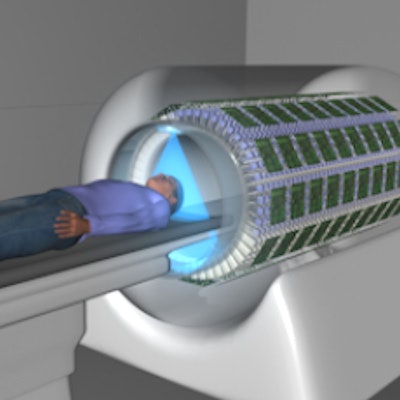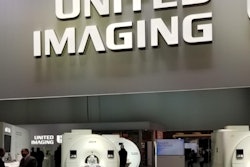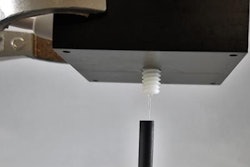
An international research team has reported continued progress with its plan to develop a total-body PET/CT scanner designed to image patients in less than one minute in an article in the January issue of the Journal of Nuclear Medicine (January 2018, Vol. 59:1, pp. 3-12).
The key component of the work-in-progress Explorer is the half-million PET detectors that line the entire PET camera bore. That additional capacity is designed to result in much less radiation dose for a patient because the device would capture almost all available signal from a radiotracer. The CT scan is acquired as the patient moves into the PET scanner.
Explorer will have "the ability to detect throughout the whole body the location of focal pathologies, including cancer, infection, and inflammation at considerably lower levels of disease activity than is currently possible," said study co-author and co-developer Terry Jones, DSc, a clinical professor of diagnostic radiology at University California (UC) Davis, in a press statement.
The UC Davis Explorer project's co-leaders Simon Cherry, PhD, professor of biomedical engineering, and Ramsey Badawi, PhD, professor of radiology, explain the potential benefits of total-body PET/CT. Video courtesy of UC Davis.
The journey to create Explorer was buoyed in October 2015 by a five-year, $15.5 million grant (13 million euros) from the U.S. National Institutes of Health (NIH). In addition, United Imaging Healthcare America, a North American subsidiary of Shanghai United Imaging Healthcare, and SensL Technologies of Cork, Ireland, joined the Explorer project in January 2017.
By reducing total-body scan time to less than one minute, the PET/CT device would be particularly beneficial for imaging pediatric patients without anesthesia or sedation, as well as adult patients who cannot withstand prolonged scanning. Explorer is also expected to help with the development of new therapeutic agents.
"The applications of nuclear medicine will expand considerably across internal medicine ... and will become more evenly distributed across the age spectrum," noted Jones, who helped to develop the U.K.'s first PET scanner at London's Hammersmith Hospital and who established the Wolfson Molecular Imaging Centre at the University of Manchester, U.K. "There will be a considerable stimulus/investment to develop new imaging biomarkers especially within immunology and endocrinology."
The Explorer team is expected to test the technology soon with a scaled-down prototype to perform total-body PET imaging on nonhuman primates.



















